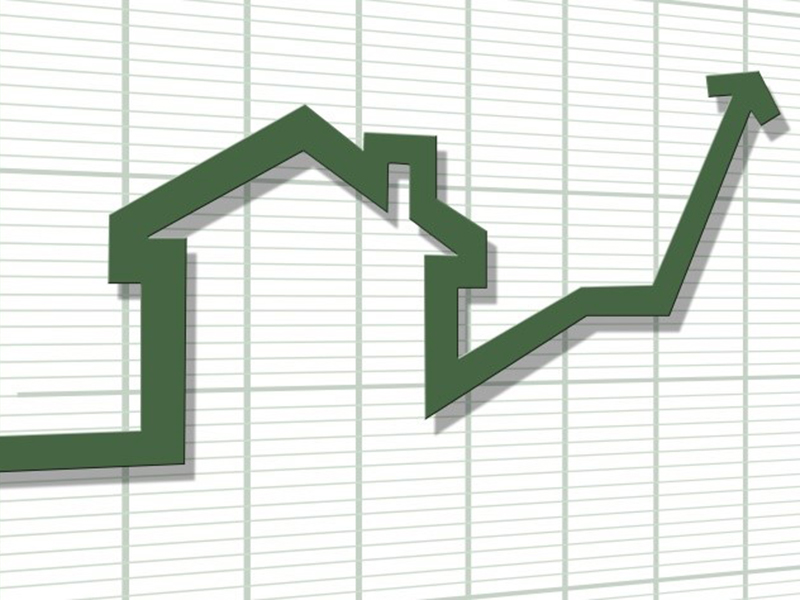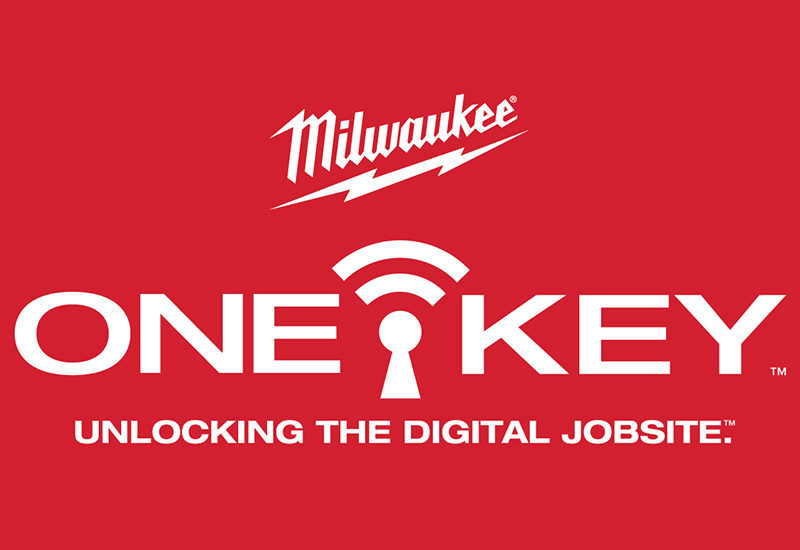A new survey conducted by August Home and Comcast’s Xfinity Home shows significant growth in the interest in smart security and smart home technology. The report states that nearly 18% of respondents would like to purchase a new smart home product in the next 12 months, including 56% of those who already have installed at least one smart home product in their home. What’s more, 12% of respondents without smart home technology said they plan to buy a smart home product in the next 12 months. That would effectively double smart home ownership in the next year to 30 million households, according to the survey’s findings.
The study also reveals these key findings:
- Family safety (56%) is the biggest motivator for consumers to purchase smart home technology. Convenience (54%) and remote access (22%) were also motivators.
- Neighborhood break-ins were the top trigger (46%) that would prompt a consumer to get smart home security installed. Other triggers include moving into a new house (26%), home remodeling (14%), managing rental property (6%) and having a baby (5%).
- The most wanted feature of a smart home is connected cameras (40%), followed by video doorbells (26%), connected light bulbs (19%) and smart locks (13%).
- Home security adopters continue to value traditional features such as 24/7 call center monitoring.
- 57% of respondents indicated they are open to the idea of remotely granting service professionals access to their home through their smartphone.
Other studies support the surge smart home technology. According to a report distributed by statista.com, the global market for home automation systems is expected to grow at an annual rate of 21.49% between 2016 and 2020 and be worth a staggering $79.84 billion by 2020.
What’s driving this growth? IoT (Internet of Things) products and applications as well as cost savings made possible by home automation systems are cited as the significant factors. One example cited in other reports is that a smart thermostat will provide details of energy consumption within the home, allowing consumers to take necessary steps to reduce their electricity bills.




